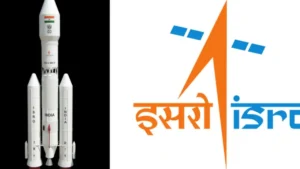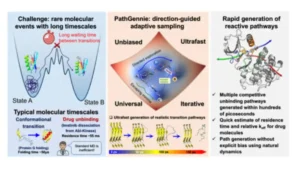Chinese scientists have made a significant breakthrough in solar research through the use of their solar exploration satellite, the Chinese H-alpha Solar Explorer (CHASE), which has led to the discovery of a new pattern of solar atmospheric rotation.
About Chinese H-alpha Solar Explorer(CHASE)
The Chinese H-alpha Solar Explorer (CHASE), dubbed “Xihe” – Goddess of the Sun, was launched on October 14, 2021 as the first solar space mission of China National Space Administration (CNSA). The CHASE mission is designed to test a newly developed satellite platform and to acquire the spectroscopic observations in the H-alpha waveband. The H-alpha Imaging Spectrograph (HIS) is the scientific payload of the CHASE satellite. It consists of two observational modes: raster scanning mode and continuum imaging mode. The raster scanning mode obtains full-Sun or region-of-interest spectral images from 6559.7 to 6565.9 Å and from 6567.8 to 6570.6 Å with 0.024 Å pixel spectral resolution and 1 minute temporal resolution. The continuum imaging mode obtains photospheric images in continuum around 6689 Å with the full width at half maximum of 13.4 Å. The CHASE mission will advance our understanding of the dynamics of solar activity in the photosphere and chromosphere. In this paper, we present an overview of the CHASE mission including the scientific objectives, HIS instrument overview, data calibration flow, and first results of on-orbit observations.
Solar atmospheric rotation
The team successfully generated a precise three-dimensional representation of solar atmospheric rotation for the first time, the findings of which have been published in the renowned international journal “Nature Astronomy” . The data was obtained by the CHASE satellite, China’s first solar scientific and technological experimental satellite which was launched back in 2021.
- The Sun rotates on its axis once in about 27 days. This rotation was first detected by observing the motion of sunspots. The Sun’s rotation axis is tilted by about 7.25 degrees from the axis of the Earth’s orbit so we see more of the Sun’s north pole in September of each year and more of its south pole in March. Traditionally, as a sphere rotates, the higher the atmospheric altitude, the slower it moves. However, the research team discovered that as the solar atmospheric altitude increases, the Sun’s rotational speed also increases. Since the rotational changes caused by viscous effects should gradually decrease from the bottom to the top, there must be a force driving the rotation of the upper atmospheric layers. Therefore, this finding will have significant scientific implications for solar activity and the evolution of the Sun.




 Gaganyaan and Artemis-II: Landmark Human...
Gaganyaan and Artemis-II: Landmark Human...
 Rewind 2025: ISRO's Missions, Milestones...
Rewind 2025: ISRO's Missions, Milestones...
 India Develops Open-Source Tool PathGenn...
India Develops Open-Source Tool PathGenn...







